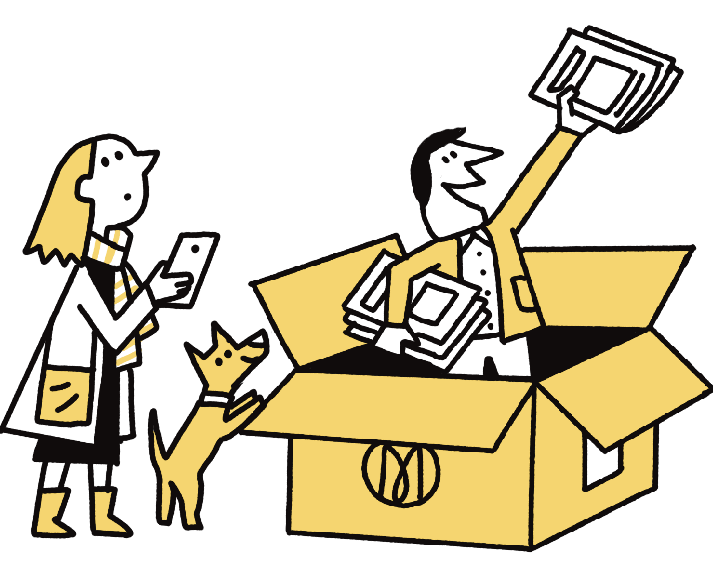The annual July gathering of London’s designers, editors and retailers at the Serpentine Gallery’s summer pavilion has been a longtime tradition for the British Fashion Council (BFC). It’s a moment to toast the end of the fashion season before everyone disperses for their month-long Mediterranean holidays.
However, in recent years, designers were noticeably absent and smiles were forced. Conversations revolved around the post-Brexit issues plaguing the UK fashion industry, with some brands having to scale back operations, while others have shut up shop completely or migrated to cities that promise better infrastructure, such as Milan and Paris. Yet this week, when I walked into the Serpentine Pavilion – a long, timber structure by Marina Tabassum – the mood seemed to have shifted. Aside from the upbeat music, flowing rosé and colourful cakes by Sophia Stolz (who cooked in a surrealist Louis Vuitton gown), there appeared to be renewed hope and even excitement that London might finally get its groove back.
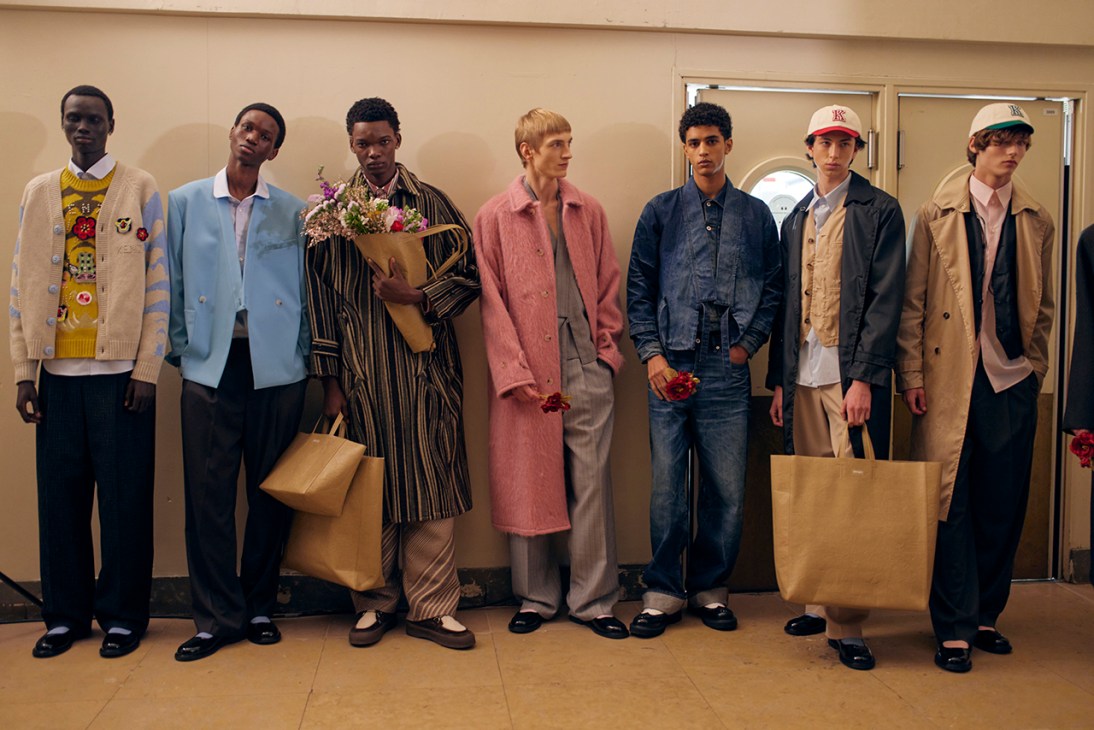
The refreshed outlook and ambition shared by Laura Weir, the BFC’s newly appointed CEO, has spurred a change in spirit. Designers clapped with enthusiasm when she announced plans to waive participation fees at London Fashion Week and to double investments in a guest programme that will help bring back international editors, retailers and cultural commentators. As of now, the most important players in the industry have been flying straight to Milan, given the British showcase’s lack of commercial appeal. Weir – a former journalist and editor – is also turning her focus toward education and finding talent beyond the capital. With increased scholarship funding and a new programme that will take established designers back to their old schools throughout the UK, she hopes to show young people living outside London that a career in fashion is possible for them too.
These are all promising first steps – but what truly reignited faith was Weir’s refreshing honesty. She acknowledged that she has been given a “Herculean” task; that the country’s creative sector is in trouble; and that competition is getting stiffer. “I’ve had conversations with government representatives from Hong Kong, India and the Middle East, and what strikes me is how these superpowers are investing in culture as they build their strategic positions on the global stage,” says Weir. “Some are meeting me to find out more about London Fashion Week and then their governments are funding millions of pounds in building their own. They understand that investment in culture leads to the commercial and reputational success of entire nations. We have all of that in spades – the fashion week, the creativity, the ambition – and yet we are losing talent to Paris, Milan and Berlin because of a lack of infrastructure to support our designers.”
To convince the creative crowd to return to London, nurturing up-and-coming brands is no doubt a vital part of the solution. But a greater link-up with the hospitality and design sectors, which will help make “brand London” more appealing, is equally important, as is spending the same amount of effort to support the journalists, photographers, stylists and CEOs working behind the scenes. Weir’s task is not just Herculean – it’s epic.
“The sun will come out again,” says costume designer Catherine Martin in a theatrical voice, as the brief spell of summer rain subsides and the sun begins to emerge through the tall windows of her suite at the Hotel Martinez in Cannes.
The French-Australian Oscar-winning designer has spent much of her life by the beach and seems to embody the optimistic, carefree spirit of the season. “During summer, you’re costuming yourself for what you hope will happen: to find yourself in a nautical place or inside a Raoul Dufy painting,” says the designer, who is dressed in a striped marinière Miu Miu tank top and a navy blazer thrown over her shoulders. “You want to feel connected to the seaside and the warm air. Prints become much more desirable at this time of year – a dress that slips over a swimsuit, a reclaimed-cashmere jumper that you can throw on when it gets chilly at night and beach clogs that you slide on after walking on the sand. It’s all about the feeling of barefoot luxury: simple and optimistic.”
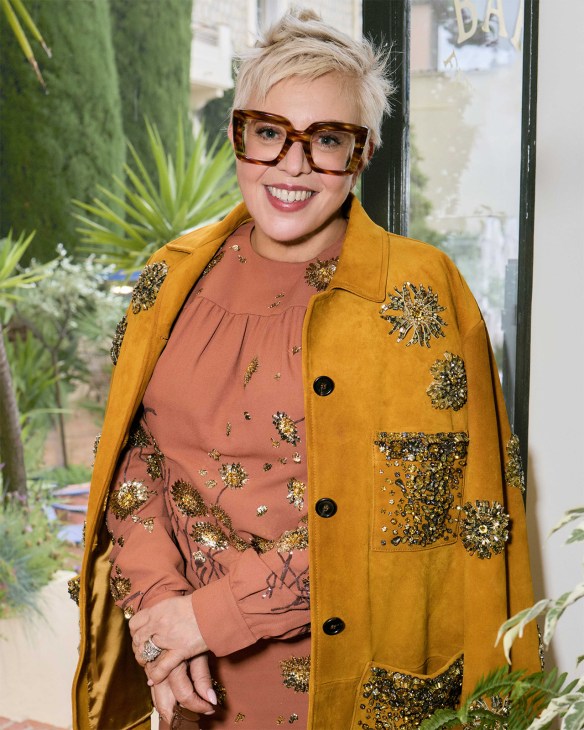
It’s no surprise that Martin can instantly paint a picture of the idyllic summer wardrobe, imagining the characters and the worlds that they inhabit. She has been designing costumes for films such as Romeo and Juliet, The Great Gatsby, Moulin Rouge and Elvis for nearly three decades.
This summer, however, she has been spending time outside the costume department, conceiving her very first off-screen capsule collection with Miu Miu (its founder, Miuccia Prada, is a longtime friend and collaborator). She built the new range, which features deadstock fabrics, around an “imaginarium”: a visual diary of a trip to the south of France in the 1920s and 1930s, complete with archival images, collages and written artefacts. The result is a collection of sharp rowing blazers, featherlight slip dresses, cotton beach trousers and striped tops that will have you embracing nautical dress codes – and maybe even planning a trip to the French Riviera. It launched exclusively at the label’s newly-refurbished London flagship on New Bond Street, with a worldwide launch set to follow on June 21. A short film accompanying the collection’s launch, dubbed Le Grand Envie, marks Martin’s directorial debut: her partner, the director Baz Luhrmann, encouraged her to take the leap. It is set in a southern château and captures the hedonism associated with the region.
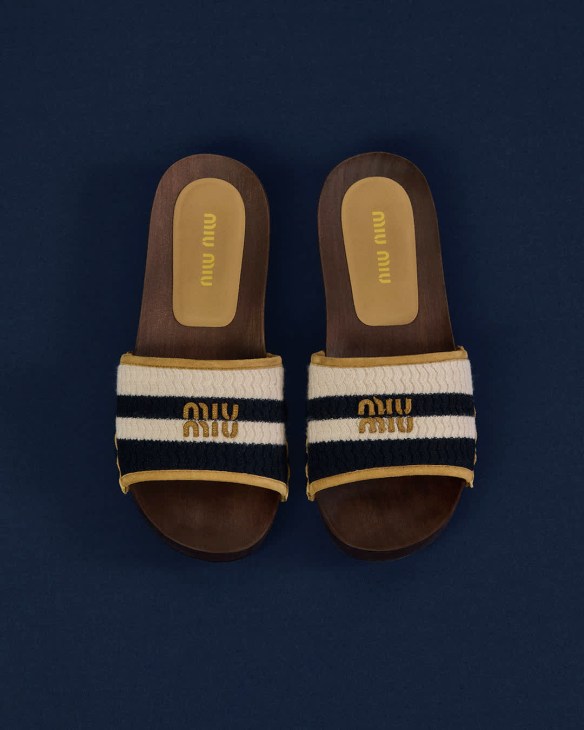
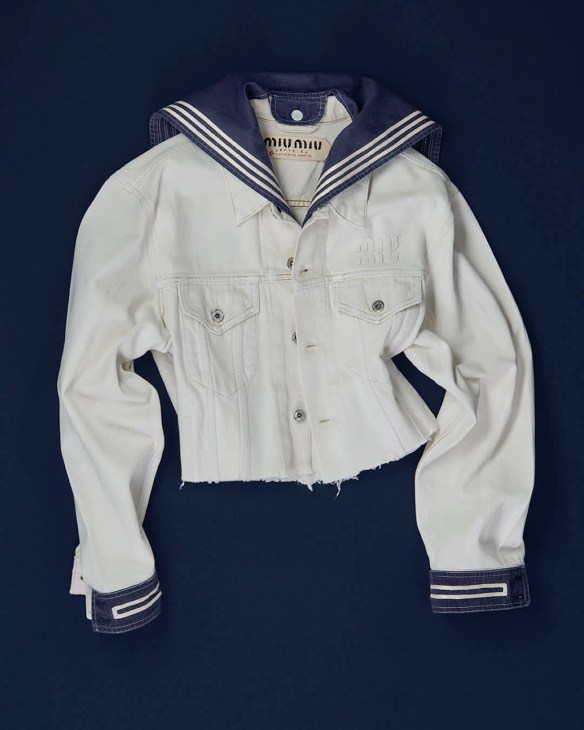
“What is it about the south of France?” asks Martin. “I understand why people have been coming here since the 19th century – or even earlier. There’s a softness to the light and the landscape is beautiful. When I first came to Cannes in the 1990s, it was the place to watch and to be seen. It’s different today but there’s still [an appeal], whether you are just sitting at a café sipping an Aperol spritz or at one of the exclusive beach clubs on the Croisette.”
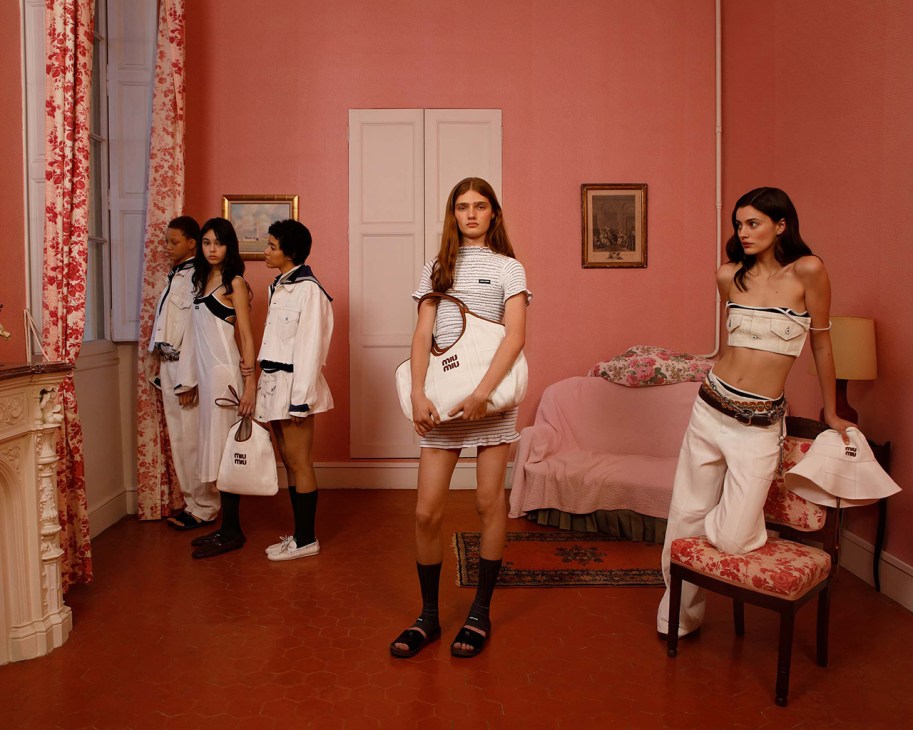
References to the 1920s also encourage the wearer to look back and reflect – something that the slower months of summer call for. “This was a really interesting period: the computer, the telephone and the radio were all rapidly evolving during that time,” says Martin. “It was also a period of social freedom, with women really starting to express themselves. Yet there were also these dark political forces on the horizon and a desire to return to ‘traditional values’. We now find ourselves in a very similar period. But you have to maintain a sense of joy and optimism, no matter how bleak everything seems.”
You can do that by taking cues from Martin and immersing yourself in the romance of summer and its playful dress codes. “Glamour is romance and I’m a secret romantic – I believe in joy, connection and beauty,” she says. “Getting dressed and creating a character for yourself every morning is a primal human urge. We were decorating ourselves before we painted cave walls.”
You can listen to the full conversation, recorded live in Cannes, on Monocle on Fashion below.


